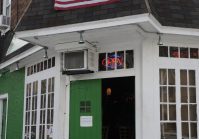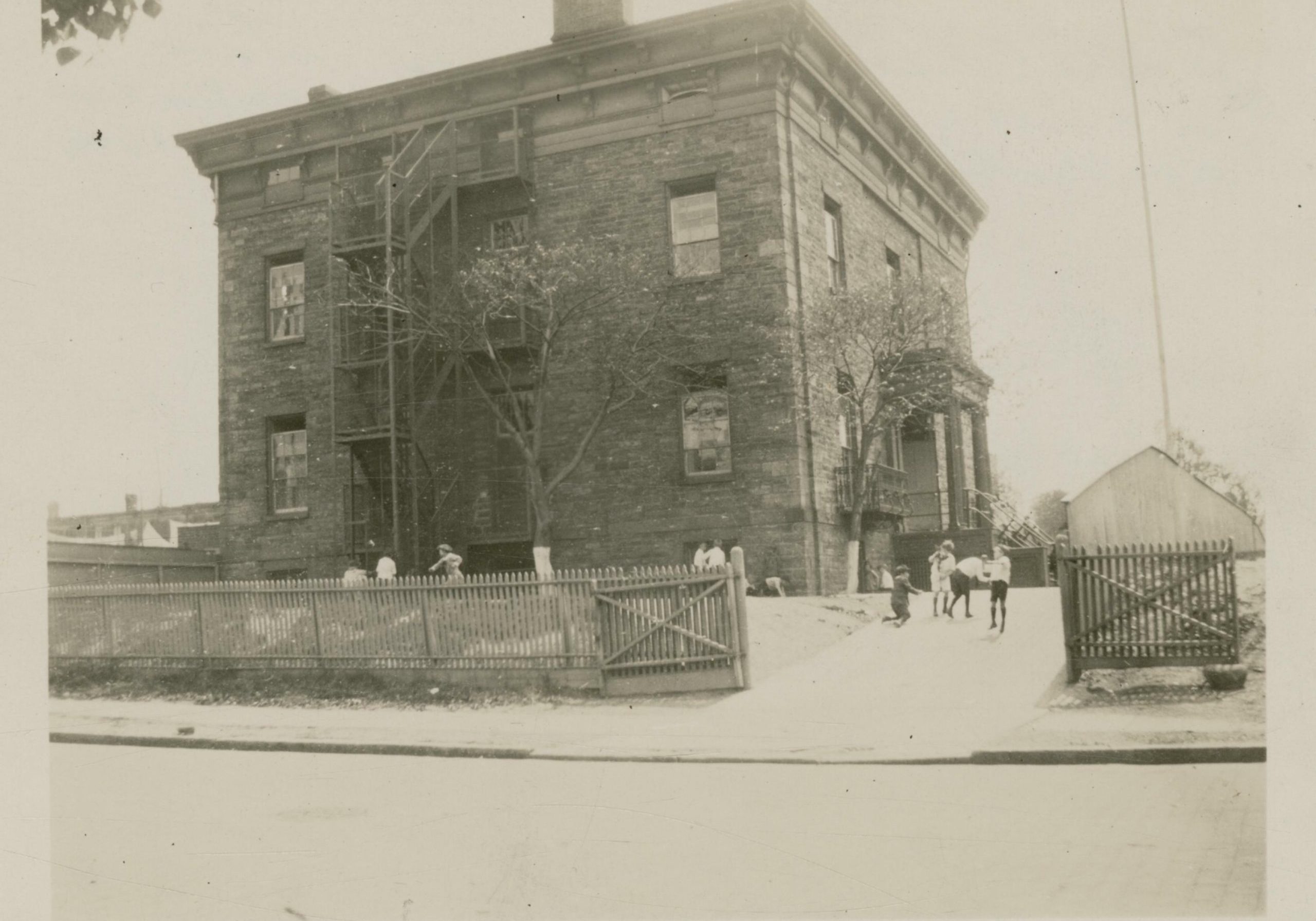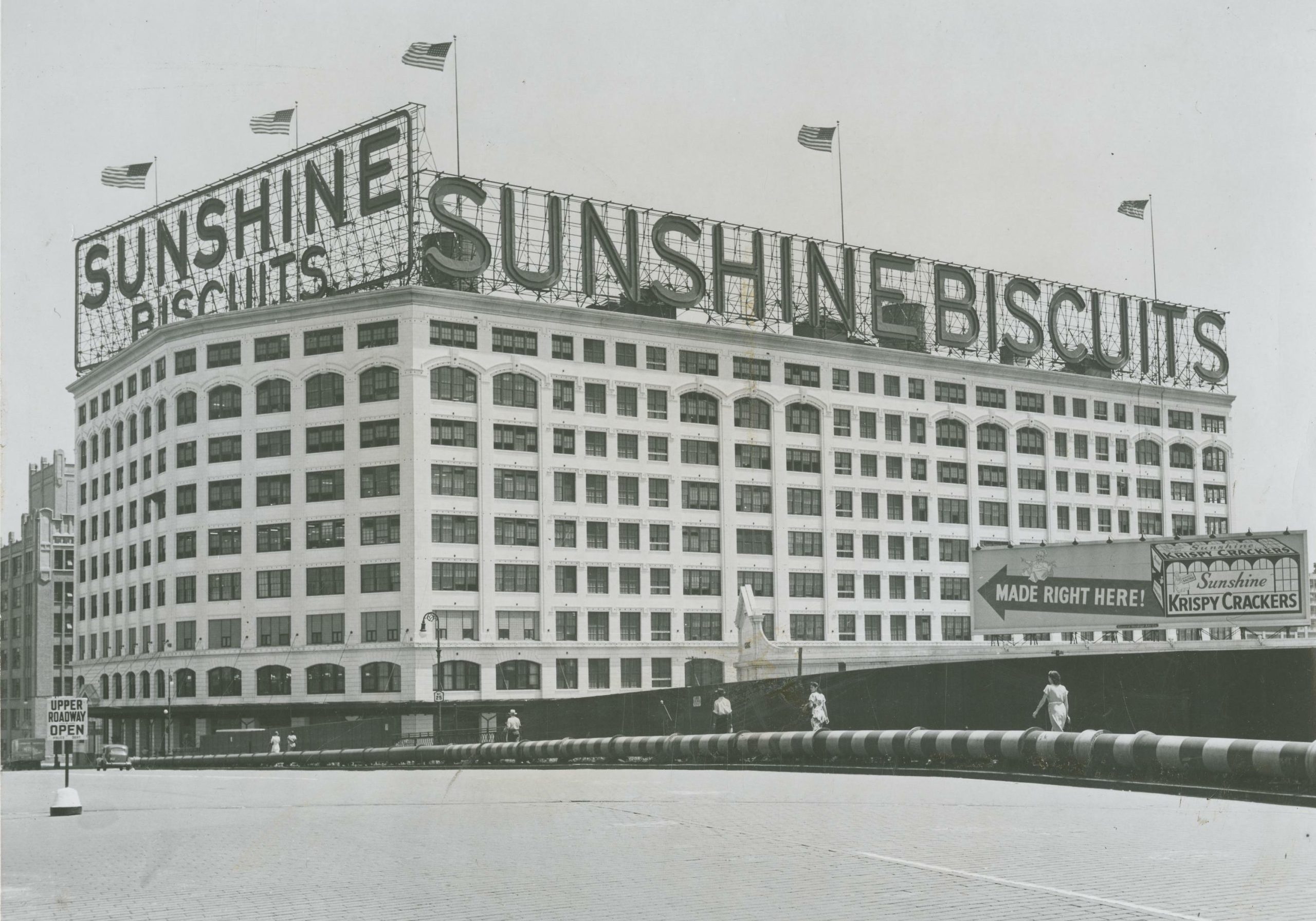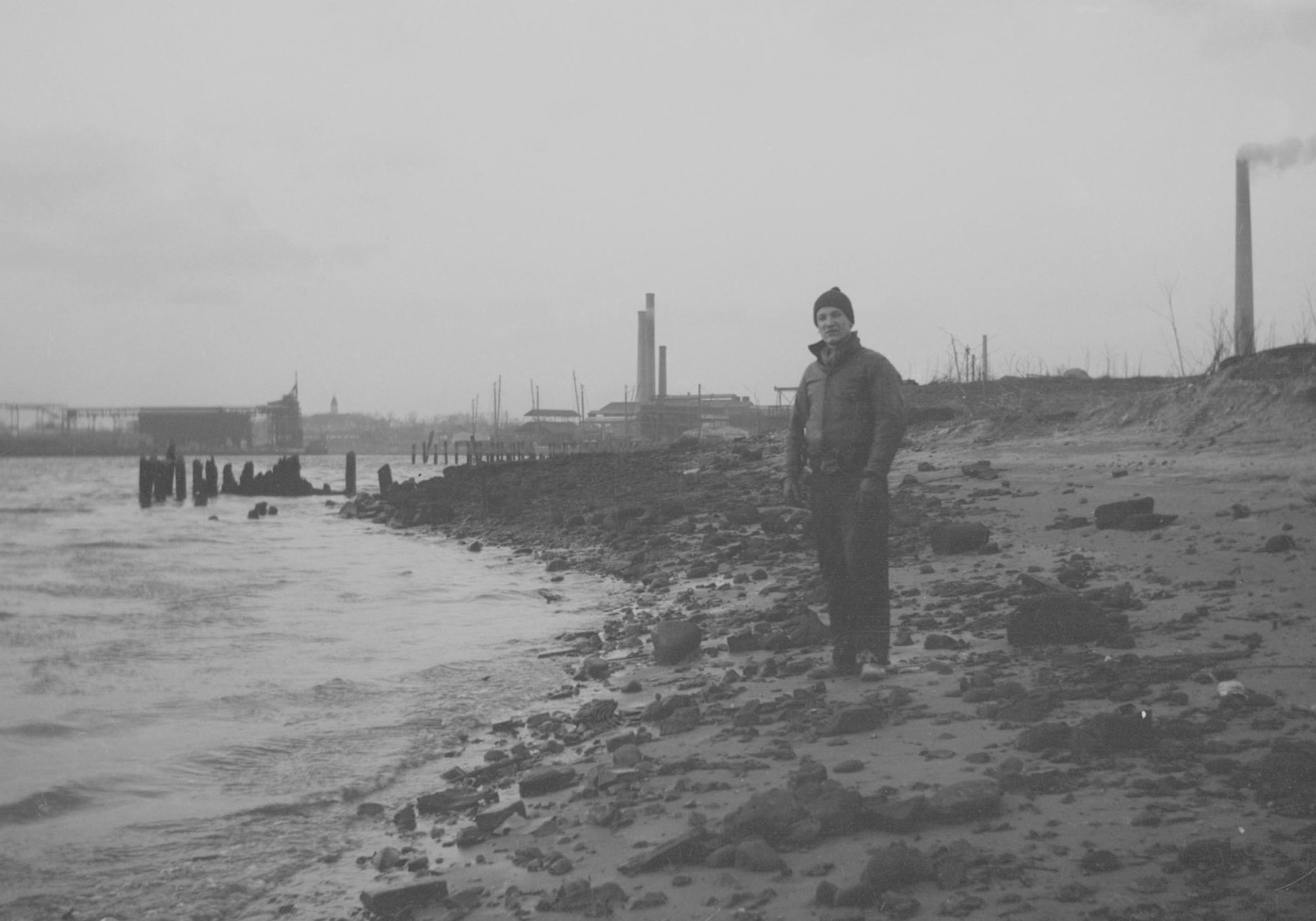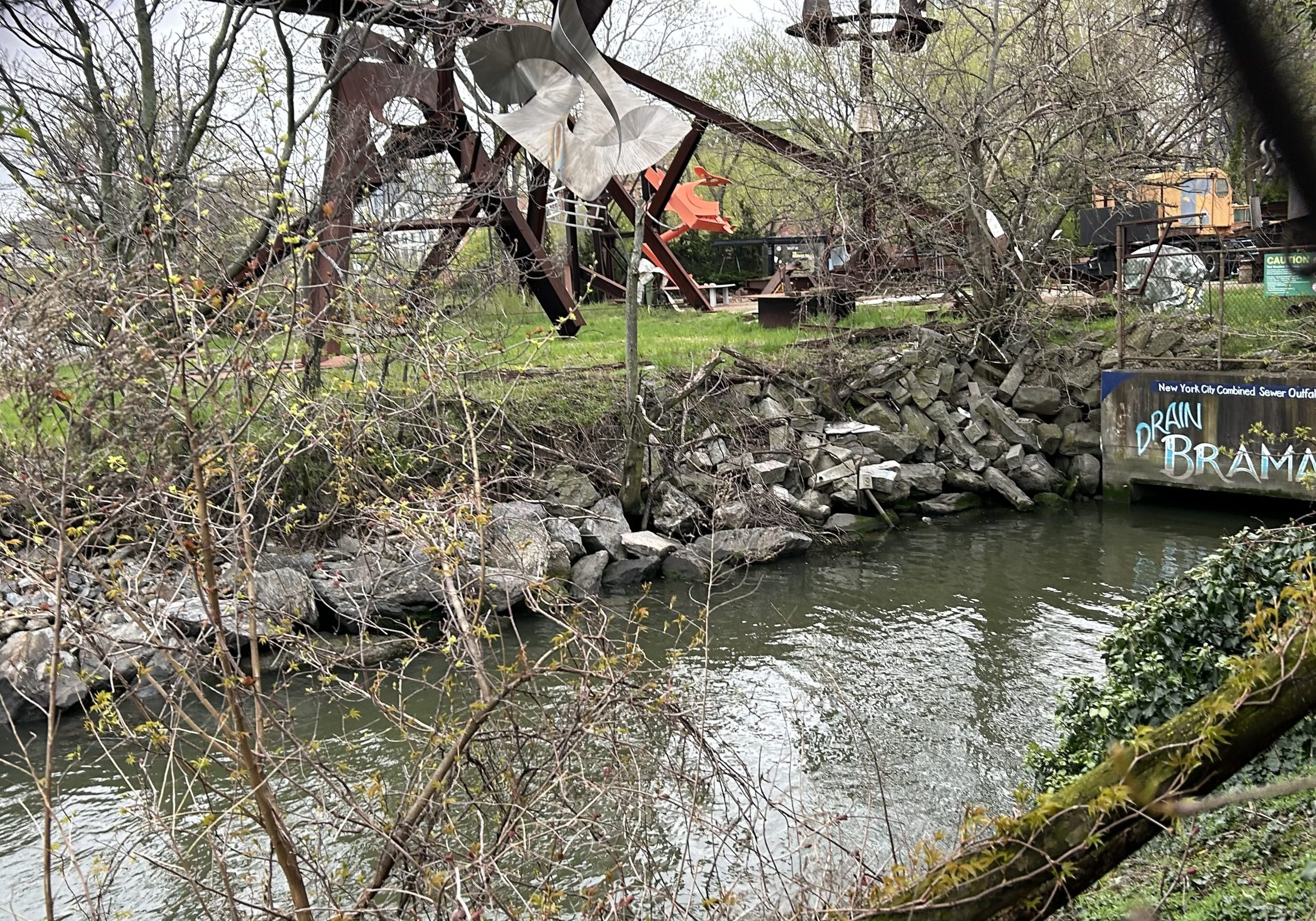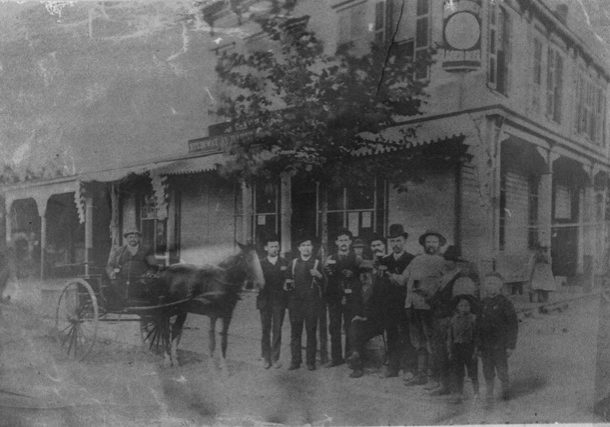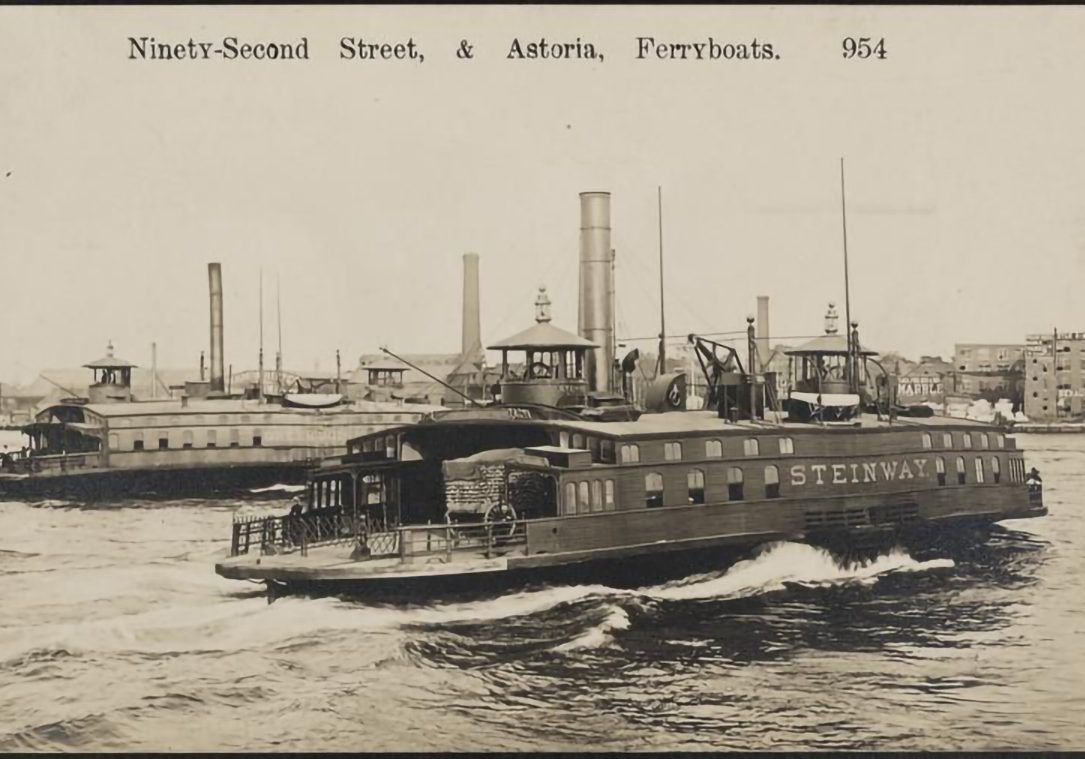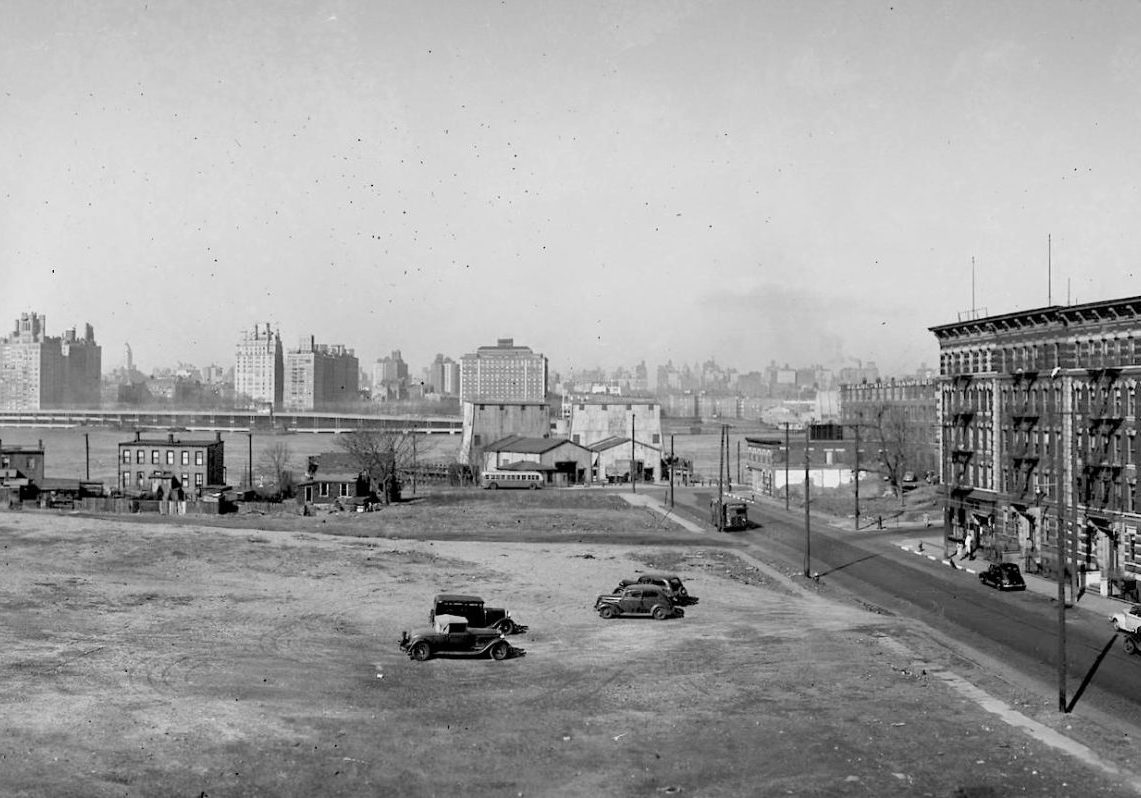Berenice Abbott: Capturing New York’s Transformation, Including Astoria’s Vanished Mansions
For anyone who is a professional photographer or a historian of the medium the name Berenice Abbott and her pictorial essay of New York City’s ever changing landscape is legendary. Abbott was born in Springfield, Ohio in 1898. When she was in her early 20s, Abbott discovered her true talent and passion. Photography.

After saving up money which she earned working various jobs, she travelled to Paris which at the time was one of the top destination cities in the world for young photographers and home to some of the world’s finest in that profession. It was here Abbott worked as a darkroom assistant to American Surrealist photographer Man Ray in 1923. Abbott photographed Paris and other European cities but she is best known for her black and white photographs of New York City documenting its transition into a metropolis. During the beginning of the Great Depression in the early 1930s and the worsening political situation in Europe, Abbott came back to America and lived in Manhattan.
Fascinated by New York City and the changes that had occurred during her absence while living in Paris for almost a decade, she began the monumental work of documenting the city’s bridges, street life and skyscrapers (many of which were still under construction at that time), as well as the stately nineteenth-century brownstones and the last vestiges of colonial architecture in Queens and Brooklyn. Abbott’s work was highly regarded by some of the leading photographers in America and in 1936, Abbott had her first gallery exhibition.
In less than a decade, Abbott had published 305 photographs which were then purchased by the Museum of the City of New York. Her efforts were finally rewarded in 1936 when the New Deal Federal Art Project of the Works Progress Administration agreed to sponsor her documentation of New York under the project title “Changing New York.” The book of the same title, published in 1939, was a milestone in the history of urban photography and is still in print today. In 1934 she met her partner, art critic and social activist Elizabeth McCausland, and they lived together in Greenwich Village until McCausland’s death in 1965. Abbott died at her home in Monson, Maine in 1991.
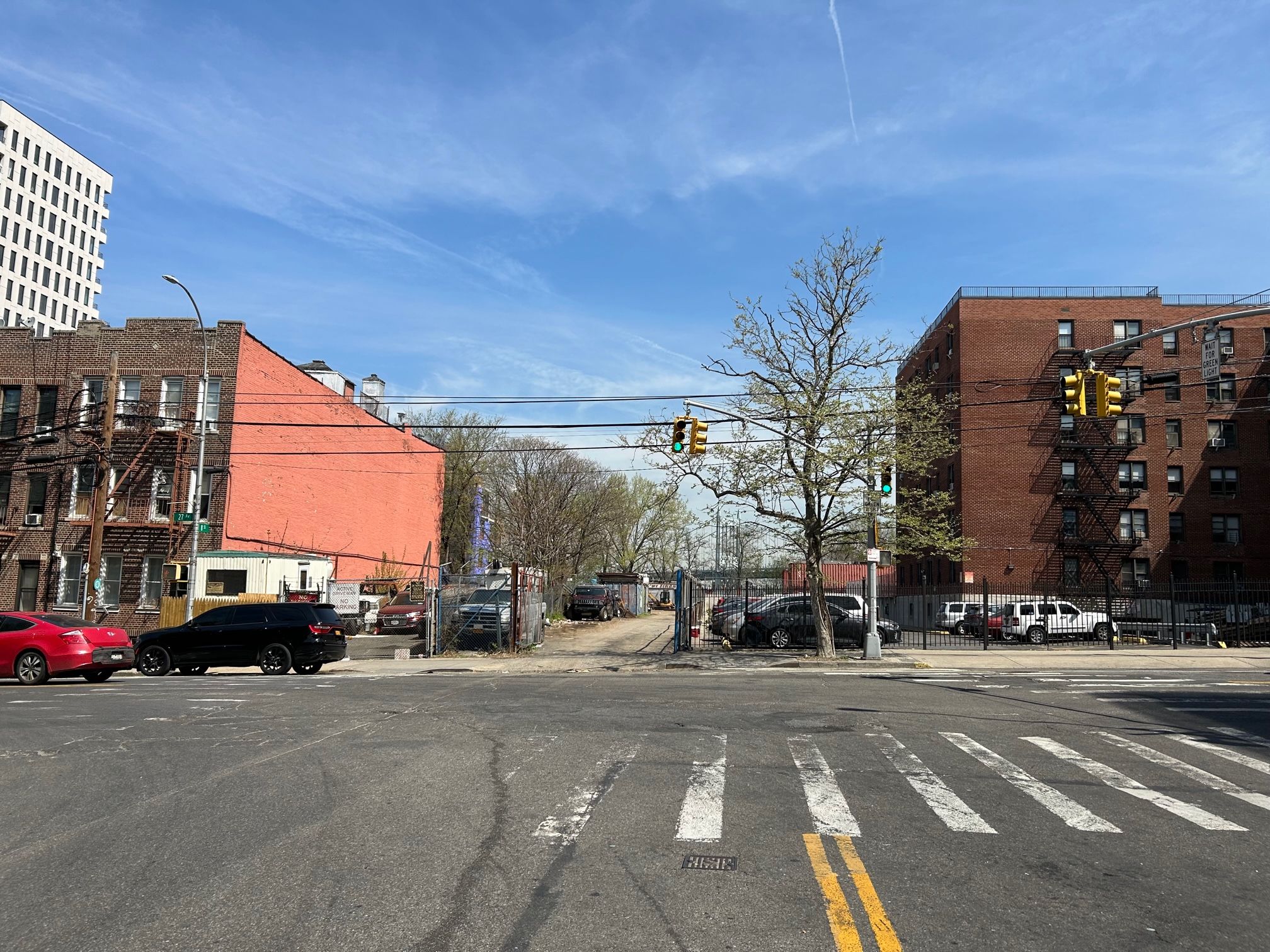
It was the spring of 1937, when Abbott came to Astoria to photograph its streets and homes. What would become a famous Berenice Abbott photograph, her image dated May 25, 1937, depicts sunbathers relaxing on the huge front lawn of an old mansion once located at 27th Avenue and 8th Street in Astoria. The mansion was originally built in the 1850s for Josiah Blackwell, a New York dry goods merchant and descendant of Robert Blackwell, who settled Blackwell’s Island (now Roosevelt Island) in the 17th century. It remained in the Blackwell family until 1921, when it was sold and, with the addition of a fire escape, converted into a boarding house.
During the 19th and early 20th centuries, it was common to see mansions like the Blackwell home along the streets near the East River. This estate, for example, had a view of Astoria Park and the East River and in its later years of the newly built Triborough Bridge. In the 1950s and 60s, Astoria experienced its first wave of so called “urban renewal” and the estates which belonged to some Queens borough’s earliest and most prosperous families were torn down and replaced with apartment buildings to help solve the housing crisis as the population of Astoria grew at an accelerated rate in the years following the second World War. Today, the Blackwell family estate is long gone and the apartment house which replaced it is gone as well and is now a dirt covered parking lot used by construction vehicles.


